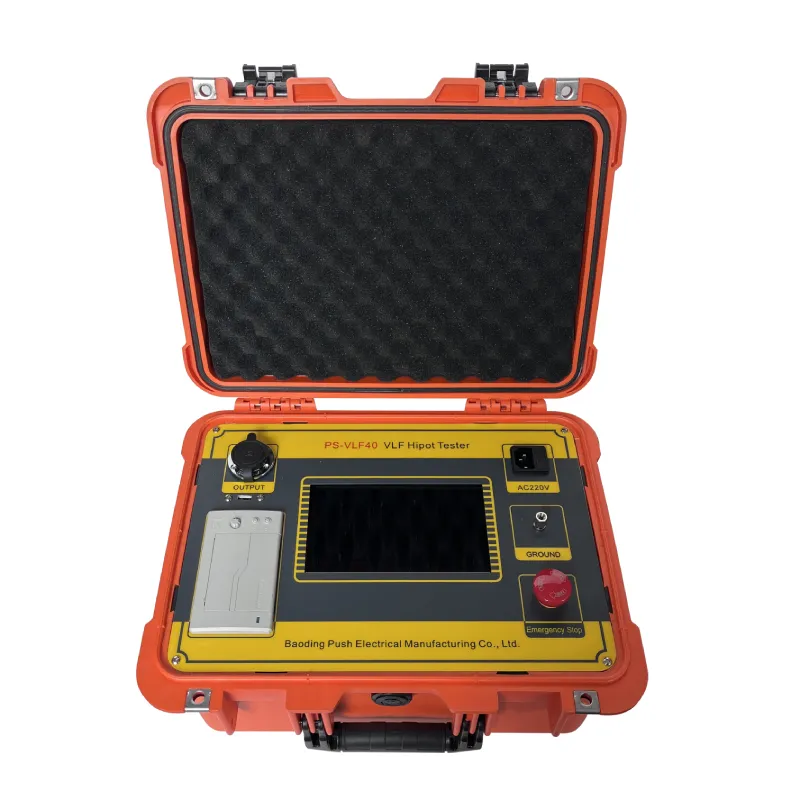 English
English


Transformer Commissioning Test Procedures and Guidelines for Optimal Performance Evaluation
Understanding Transformer Commissioning Tests
Transformer commissioning tests are essential procedures conducted to ensure that a transformer is ready for operation after installation. These tests evaluate the transformer's performance, efficiency, and overall safety, ensuring it meets the design specifications and can handle the operational requirements of the electrical system. As transformers are critical components in the distribution and transmission of electrical power, it is vital that they are tested comprehensively before being put into service.
The commissioning process involves various stages of testing, and each test serves a unique purpose. Among the initial tests conducted is the insulation resistance testing, which measures the integrity of the insulation materials. This is crucial to prevent electrical leakage and potential failures during operation. Insulation resistance tests typically involve applying a high voltage to the transformer’s windings and assessing the resistance over time. A lower than expected resistance could indicate moisture ingress or deterioration of the insulation.
Understanding Transformer Commissioning Tests
Power factor testing is also conducted to assess the quality of the insulation and the presence of moisture or contaminants. This test is crucial for understanding how well the transformer can handle electrical loads while minimizing losses. It is typically performed at specified voltage levels, and the results help in identifying any abnormalities that could lead to premature failure.
transformer commissioning tests pdf

Additionally, circuit breaker testing and transformer secondary injection testing are commonplace during the commissioning stage. Circuit breaker testing verifies the operational integrity and timing of the protective devices. This is crucial, as these devices play a key role in safeguarding the transformer from faults. Meanwhile, secondary injection tests facilitate the verification of relays and associated protection schemes, ensuring they operate correctly under fault conditions.
Thermal imaging and visual inspections are also integral to the commissioning process. Thermal imaging identifies hot spots in connections or windings, which may not be apparent during regular inspections. Visual checks ensure that there are no signs of physical damage or improper installation, which could lead to operational failures.
Beyond these tests, it is important to document all commissioning activities thoroughly. This documentation serves multiple purposes, including providing an operational record, facilitating troubleshooting, and ensuring compliance with industry standards and regulations. Proper documentation is crucial for future maintenance planning and verifying that tests were performed correctly.
In conclusion, transformer commissioning tests are a critical aspect of ensuring the reliability and safety of electrical transformers. By conducting a series of comprehensive tests, operators can confirm that the transformer operates efficiently and meets all required specifications. This rigorous approach not only safeguards the transformer but also protects the entire electrical distribution system, preventing costly downtimes and ensuring a stable power supply. As electrical systems evolve and expand, the importance of effective commissioning processes cannot be overstated, making it essential for professionals in the field to stay informed about best practices and testing methodologies.
-
Differences between open cup flash point tester and closed cup flash point testerNewsOct.31,2024
-
The Reliable Load Tap ChangerNewsOct.23,2024
-
The Essential Guide to Hipot TestersNewsOct.23,2024
-
The Digital Insulation TesterNewsOct.23,2024
-
The Best Earth Loop Impedance Tester for SaleNewsOct.23,2024
-
Tan Delta Tester--The Essential Tool for Electrical Insulation TestingNewsOct.23,2024





